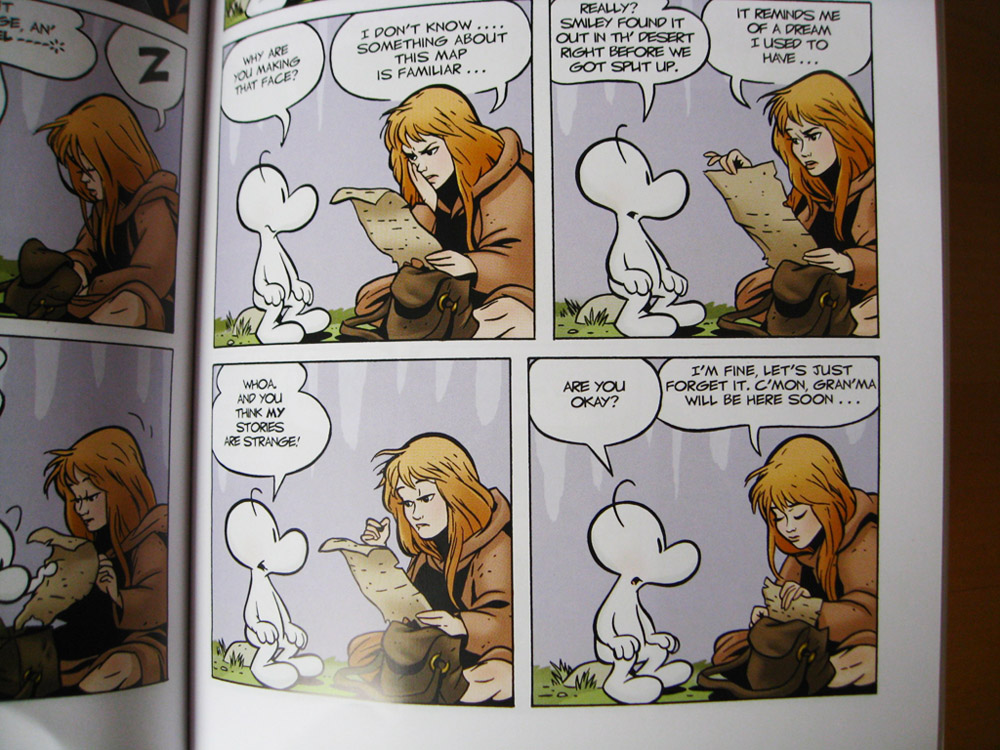Reviewer: Emera
Date read: 12.25.2011
Read from: Vampire Stories by Women, ed. by Stephen Jones (2001)
Inevitable disclaimer: I was obsessed with the first three books of Ann Rice’s Vampire Chronicles (and her two historical-fiction novels) in high school; haven’t read her since then. Also, this summary/review is spoilery.
“The Master of Rampling Gate” (1984), Rice’s only vampire short story, reads like an adolescent vampire’s dreams of an adolescent girl’s dreams of him (Twilight inverted?) – it’s a sentimental Gothic confection spun mostly of lissome sensuality and wish-fulfillment. Rice’s prose flows creamily (I use that word because I can’t help but remember Anthony Blanche’s indictment of Charles’ jungle paintings in Brideshead Revisited: “It was charm again, my dear, simple, creamy English charm, playing tigers…”), but there’s troublingly little depth to it. Maybe she was taking a break from the unrelenting moral horror that the VC protagonists wrangle with?
Young, idly wealthy Julie and Richard arrive in the country estate of Rampling Gate, having been commanded by their late father to tear it down “stone by stone,” but instead find themselves seduced by its quiet luxury and meditative, timeless solitude. A few gasps and midnight encounters later, Julie learns that the true master of Rampling is a mopy, beautiful vampire who dates to the Middle Ages and likes reading her fiction. (It must be true love!)
There’s a horrifying flashback to the plague years to explain why Rampling Gate, and the vampire, must remain – they serve as monument to the plague-devastated village that once stood there – but the story reverts so quickly to the couple’s delighted honeymoon-planning that the plague episode ends up reading as an ornament to the tragedy of the eternally lonely vampire, rather than a reflection on human misery and the awfulness of history.
The whole thing is especially creepy because Rice keeps on insisting that the chief attribute of both Julie and the vampire is their innocence, even when he’s lovingly showing her visions of them feasting together upon ladies in red-wallpapered bordellos – because she has to become his vampire mistress, natch. Hooray for eternally prolonged adolescence!
—–
Tina Rath’s “Miss Massingberd and the Vampire” (1986) is a crisply written, very Britishly humorous little story. As in the other story that I’ve read of Rath’s, “A Trick of the Dark” (review in this post), the vampire offers sensual escape from a buttoned-up life, here that of a schoolmistress whose evening encounter in a churchyard tweaks her life slightly out of the polite course of things. It’s a story that, like Miss Massingberd, seems to be smiling to itself.
Go to:
Stephen Jones: bio and works reviewed
Anne Rice: bio and works reviewed
Tina Rath: bio and works reviewed

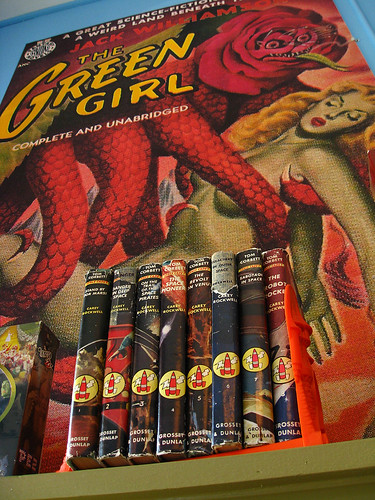
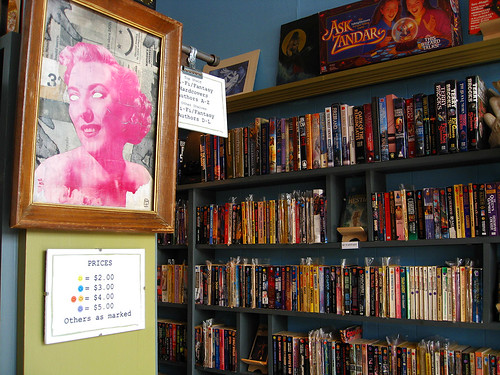
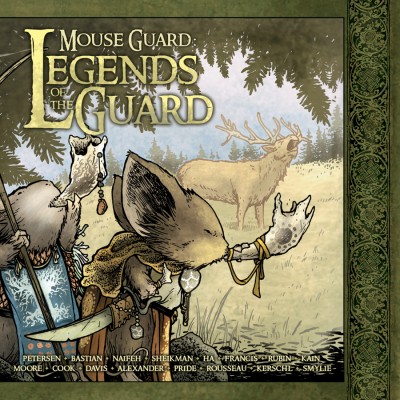
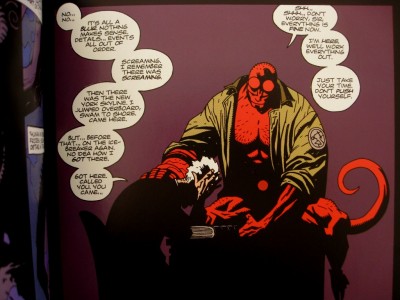


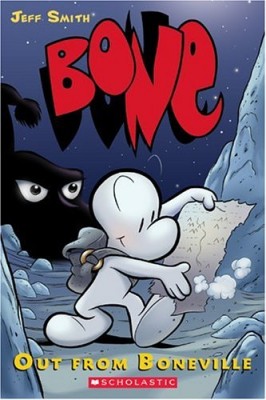 Bone, Volume 1: Out From Boneville
Bone, Volume 1: Out From Boneville